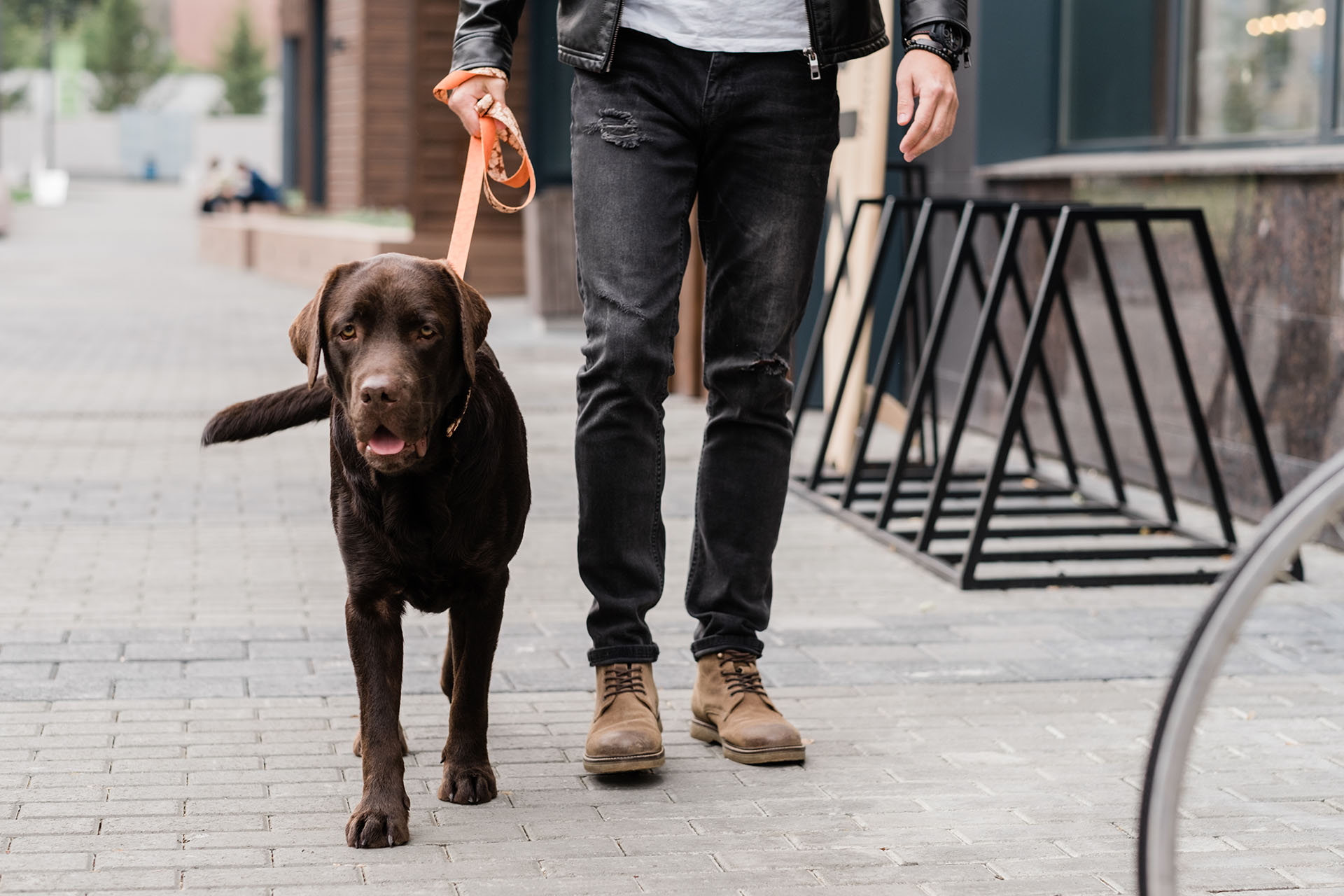Many jurisdictions have clear-cut laws in this area. But New York is a mixed state that has almost a hodgepodge of different laws. And, this designation does not begin to describe the complex nature of dog bite laws in the Empire State.
There is a lot at stake. Because of the serious nature of the injuries, as outlined below, compensation in dog bite claims is usually high. Victims need this money to pay staggering medical bills and otherwise carry on with their lives.
A New York personal injury attorney is a very important part of this process. Since the laws are so complicated, attorneys need to be very experienced in this area. Furthermore, because the injuries are so severe, an attorney must be a very strong advocate. Insurance companies often pull out all the stops in an effort to reduce or deny compensation.
Dog Bite Injuries
Most animal attack claims involve several layers of serious injury. As doctors better understand these injuries and their treatments, the medical bills associated with such injuries have increased significantly in recent years.
When a large dog, like a Rottweiler, suddenly attacks a small child or is provoked, the knockdown alone usually causes serious injuries. Examples include broken bones and permanent head injuries.
Next, when dogs bite, their teeth inflict both deep puncture wounds and severe tearing lacerations. The puncture wounds often damage internal organs and cause excessive internal bleeding. The tearing lacerations normally require extensive and costly treatment at specialty wound care centers. This treatment often includes reconstructive surgery.
Dog bite wounds have high infection rates. These infections, such as streptococcus, staphylococcus, and Pasteurella, are often life-threatening.
Child victims are especially vulnerable to emotional injuries. Many children experience Post Traumatic Stress Disorder-type symptoms following an animal attack. These symptoms, which include nightmares and flashbacks, make it difficult or impossible to function at school or home.
Your Legal Options
Dog bite laws are essentially a philosophical tug of war. Because the aforementioned injuries are often horrifying, many victims and family advocates push for strong laws which make it easy for these victims to obtain needed compensation. However, almost everyone either owns a dog or knows someone who does. These individuals often view strict laws as dog ownership financial penalties.
New York’s laws try to find the middle of the road between these two extremes. And, if you stand in the middle of the road, you often get run over.
Scienter (knowledge) is the most common legal theory in dog bite cases. Dog owners are legally responsible for both economic and non-economic damages if their dogs bite someone, and they knew the dog was dangerous. Evidence of knowledge includes:
- Judicial or other official declaration that the animal was dangerous,
- Prior attacks against other people,
- Previous attacks of other animals, and
- Pre-bite behavior, such as aggressive barking or baring of teeth.
This evidence is basically in descending order. An official dangerous dog declaration, even if the dog did not belong to the owner at the time it was made, often establishes knowledge as a matter of law. At the opposite end of the scale, it’s often difficult to win these cases based solely on pre-bite behavior.
Victim/plaintiffs must establish knowledge by a preponderance of the evidence (more likely than not). That’s the lowest standard of proof in New York law.
The Empire State also has a limited strict liability law. Owners are liable for medical expenses only if a dangerous dog attacks a victim. Legally, a “dangerous dog” is one that “attacks and injures or kills a person” or “behaves in a manner which a reasonable person would believe poses a serious and unjustified imminent threat of serious physical injury or death.”
In other words, only dangerous dogs attack without provocation. Furthermore, since the mere threat of a dog bite might trigger an emotional injury, compensation is available even if the dog did not physically attack the victim.
Negligence per se might be a possibility as well. Ordinarily, people who violate safety laws and cause injury could be liable for damages as a matter of law. But in the dog bite context, negligence per se is a bit different.
There are different types of laws. New York State has various animal restraint laws, like leash laws and fence laws. But these safety laws are often vague and full of loopholes. Local municipalities often have much tougher animal restraint laws. A few localities even require dogs to be chained in some situations.
This difference matters. If the tortfeasor (negligent owner) violated state law, the tortfeasor could be liable for all damages as a matter of law. Local ordinance violations are only a presumption of negligence.
New York’s dog bite laws are complex. For a free consultation with an experienced New York personal injury attorney, contact Marie Napoli.






